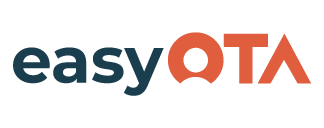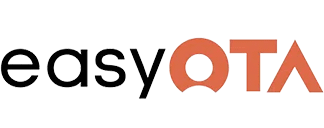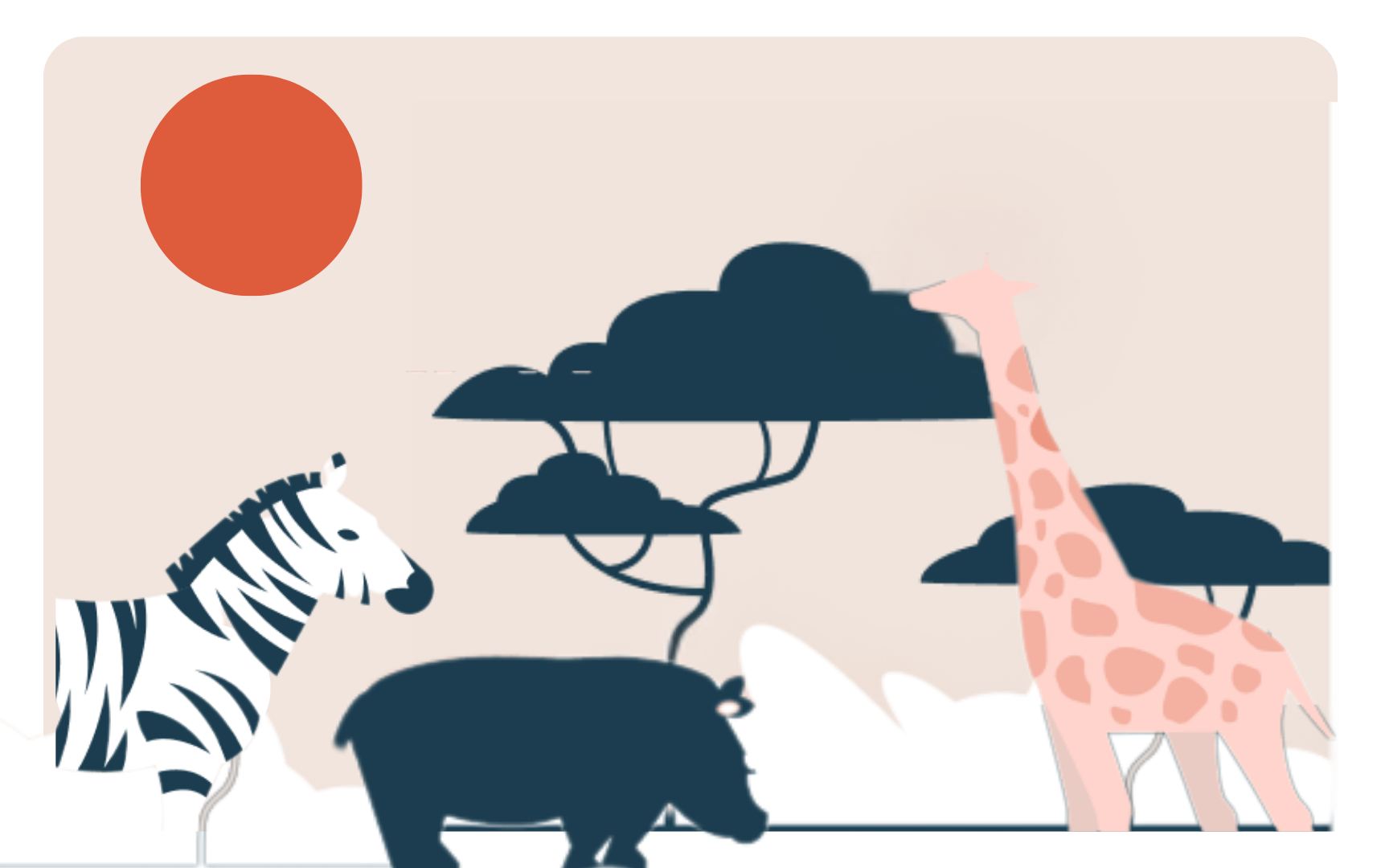Introduction
One of the biggest shifts I’ve seen in the safari travel industry over the last decade is the importance of connectivity. Not just internet connectivity, but business connectivity, how your systems, your suppliers, and your team all link together to create seamless experiences for travellers.
A strong booking network isn’t just a nice-to-have anymore; it’s the backbone of running a competitive safari operation. Here’s what I’ve learned about building and using one effectively.
Start with the right relationships
Your product range is only as strong as the suppliers you work with. In safari travel, that means having solid connections with hotels, lodges, airlines, and local experience providers who share your commitment to service.
When those relationships are in place, it’s like opening a door to an entire ecosystem of possibilities for your clients, whether that’s a lodge in the Okavango Delta, a scenic bush flight, or a cultural village tour.
Don’t waste time on data that’s already common
I’ve seen too many operators spend weeks typing in room categories, uploading photos, or tracking down park fee rules, only to discover that much of this information is standard across the industry.
The truth is, you only need to focus on the details that make your offering unique. Everything else, the rooms, extras, descriptions, circuit discounts, should already be part of the system you use. That’s time better spent on sales and client service.
Focus on your NET rates
Your negotiated NET rates are your commercial DNA. They’re the thing that makes your pricing different from anyone else’s. That’s why it’s worth putting care into loading and maintaining them accurately.
Once those rates are in place, the rest of your product offering should fall into line. No endless duplication of effort, just a clean process that lets you quote and book with confidence.
Give clients a choice without overcomplicating your setup
A healthy product range isn’t about listing every option under the sun, it’s about having enough variety to match the right experience to the right traveller.
That could mean a tented camp for honeymooners, or a budget-friendly bush flight. The key is having the range available without having to set it all up from scratch.
Don’t Forget the Logistics
Even the most stunning safari itinerary falls apart if the transfers don’t work. Whether it’s a short ride from the airstrip to the lodge or a full-day overland vehicle transfer, having those logistics integrated into your booking process makes life easier for both you and your clients.
Live availability is your safety net
The more immediate your availability data, the more confidently you can close a booking. Live connections to supplier systems take the guesswork out of confirmations and stop you from overpromising to clients.
I’ve worked with operators who’ve transformed their sales process just by cutting the “I’ll check and get back to you” stage. It’s amazing how much faster deals close when you can say “yes” on the spot.
Bringing it together with EasyOTA
Everything I’ve just talked about, broad supplier access, preloaded industry-standard data, quick NET rate setup, integrated logistics, live availability are principles that underpin the EasyOTA network.
We’ve built it so you can step straight into a fully connected safari booking environment, ready to use. But whether you’re using EasyOTA or not, the main point is this: a strong, well-connected network is no longer optional in safari travel, it’s the foundation of growth.
👉 Book a demo to see how the safari industry’s only end-to-end platform can help you increase bookings without increasing stress.




